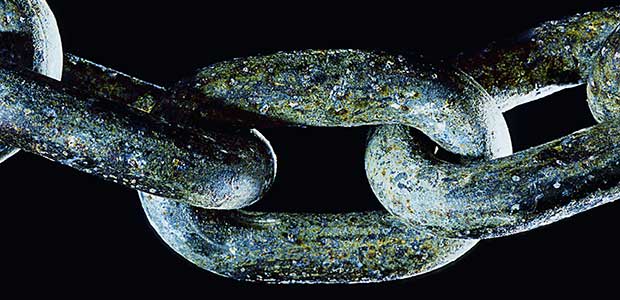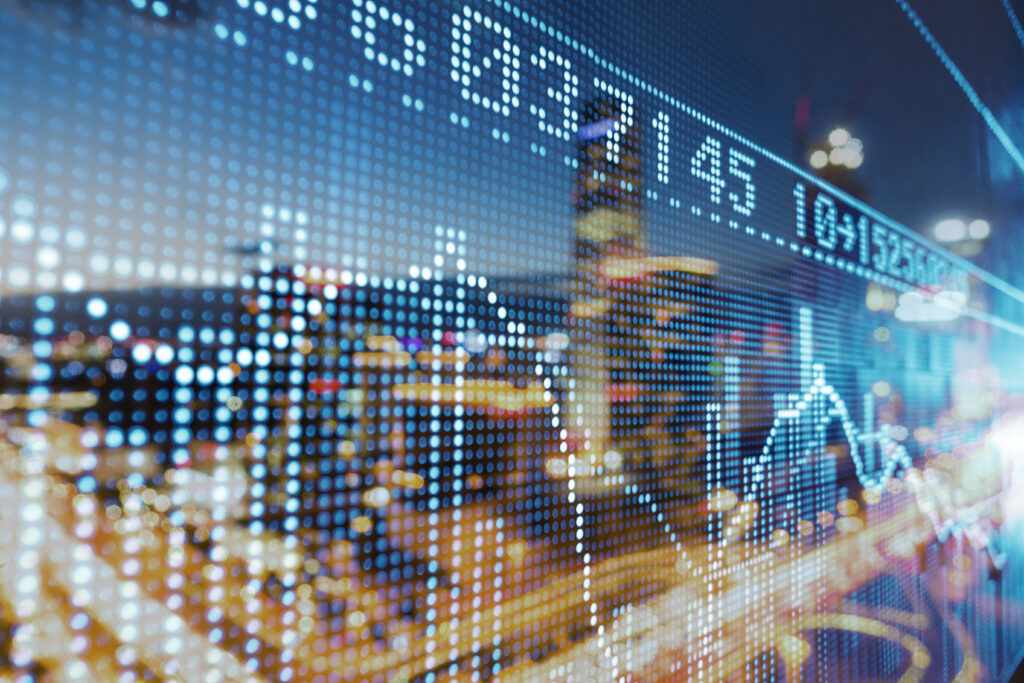CoreWeave’s USD 2bn of post-listing gains leads global IPO outperformance
Global IPOs are starting to generate large returns for investors, none more so than AI hyperscaler CoreWeave, which has surged since publishing its first set of financial results as a public company.
CoreWeave’s USD 1.6bn IPO in March was one of the ECM sagas of the year, with the deal dramatically restructured during pricing and seeing huge swings in its price as a listed entity.
As this news service commented at the time, CoreWeave’s IPO success was always going to be intrinsically linked to its financial performance as a public entity and whether it could maintain or surpass the ambitious growth targets it has set itself.
For the first quarter at least, the company has surpassed what it needed to do.
In 1Q, CoreWeave beat revenue expectations, reporting USD 981.6m – significantly higher than analyst estimates of USD 859.8m.
As of last close, the stock was trading at a record high of USD 90.24, well above its USD 40 a share IPO price. This translates to gains of around USD 2bn for investors that took part in the IPO.
According to Dealogic institutional holdings data as of 31 March, CoreWeave’s largest shareholders included pre-IPO investors Magnetar Capital, Fidelity Management and Research and Nvidia, which acted as a cornerstone on the company’s IPO.
Also listed as major shareholders, as of their latest 13F filings on 31 March, are Jane Street Capital, Investment Management Corporation of Ontario, Blackstone, Altimeter Capital Management Alyeska Investment Group Atreides Management and various investment divisions of JPMorgan and Neuberger Berman, according to the same data.
Global gains grow
The IPO market, in general, has started to produce outsized returns for investors in 2025, a boost for new issuers seeking to sell their businesses to a more receptive audience of public markets investors.
New listings have produced a weighted return of 18.4% YTD globally, outperforming every global equity benchmark. While a substantial chunk of this market return has been generated by CoreWeave, responsible for roughly 25% of the global IPO gains of USD 7.96bn, there have been other strong contributors to total alpha.
China’s MIXUE Group has generated around USD 858m of profit for investors after it surged following its USD 511m equivalent May listing in Hong Kong. Europe’s most cash-generative deal has been Sweden’s Asker Healthcare, which has returned around USD 378m of value to its IPO investors.
There will still be lessons to be learnt however, and investors are still nervous about buying new listings following pronounced equity market volatility earlier in 2025.
There have also been big deals that have underperformed, notably the US-listing of Venture Global, down almost 60% from its IPO price, translating to around USD 1bn of paper losses for investors. Europe’s worst performing deal in terms of IPO investor losses has been Spanish hotel technology platform HBX Group, while South Korea’s LG CNS Co is APAC’s biggest loser.
Source: Dealogic
Risks ahead
Cumulative IPO performance is clearly a positive or the market. But banks and issuers will be aware that not everyone buys everything and lots of investors missed out – or passed on – Coreweave during a difficult deal-marketing process.
There is also some potential idiosyncratic risk to CoreWeave’s future performance. In its 1Q results the company reported a USD 1.49 per share loss, while analysts had predicted positive earnings-per-share.
Also, despite its already leveraged balance sheet, CoreWeave laid out a need to spend USD 3bn to USD 3.35bn on Capex in 2Q, which could further impact its bottom-line.
Analysts at JPMorgan updated their price targets for CoreWeave to USD 66 following results, still 65% above IPO price, but well below the company’s last price of USD 90.24. Any scaling back in CoreWeave’s post-IPO performance would hit total IPO market gains.
There is also risk of further equity market volatility in August, when a 90-day tariff pause on US imports comes to an end.
Should global trade hostilities reignite, it would almost certainly impact the performance of newly listed companies which, due to being less liquid, are more sensitive to intense bouts of market volatility than more established listed peers.
That said, a repeat of April’s global market volatility would likely impact all global equites, which might mean IPOs might maintain a performance advantage over benchmark stock indices.













